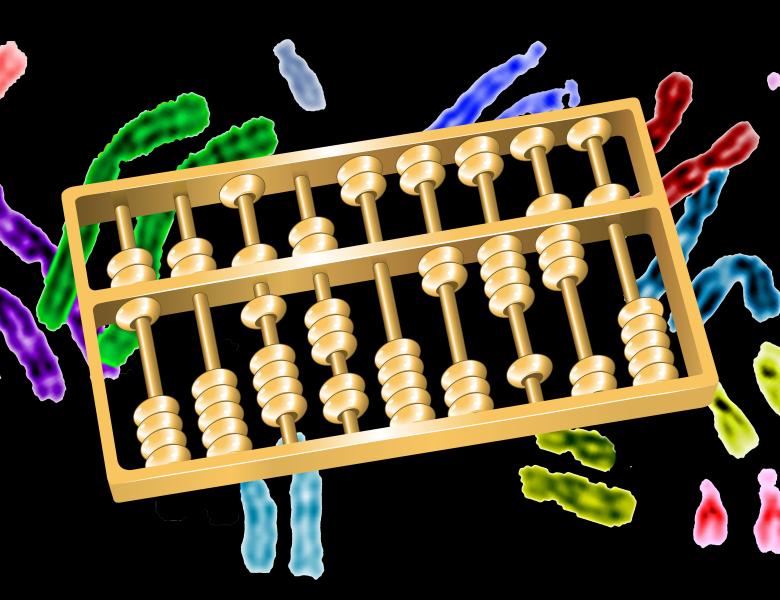
Abstract
Cellular processes are largely controlled by the protein-protein and protein-DNA interactions that define them. While conservation of common protein domains can indicate which proteins are likely to engage in these interactions, how they determine what partners to interact with is a much more complicated question. Many experimental techniques have been developed to answer this question however, many are either biased towards high affinity interactions, can be labor intensive, or they require specialized equipment or expertise. To address these limitations we are expanding the application of a simple bacteria hybrid assay that employs multiple reporters simultaneously. By normalizing the output of a test reporter to the presence of a secondary reporter we are able to return outputs that are strongly correlated to the affinity of the test interaction. We have applied this approach to measure both protein-DNA and protein-protein interactions, recovering signal above background for known, low affinity interactions that are often missed by common methodology. We hope that continued development of this platform will allow us to harness the 109 transformation efficiency of bacteria and screen large libraries to capture the low end of affinity while providing affinity-informed specificities.


